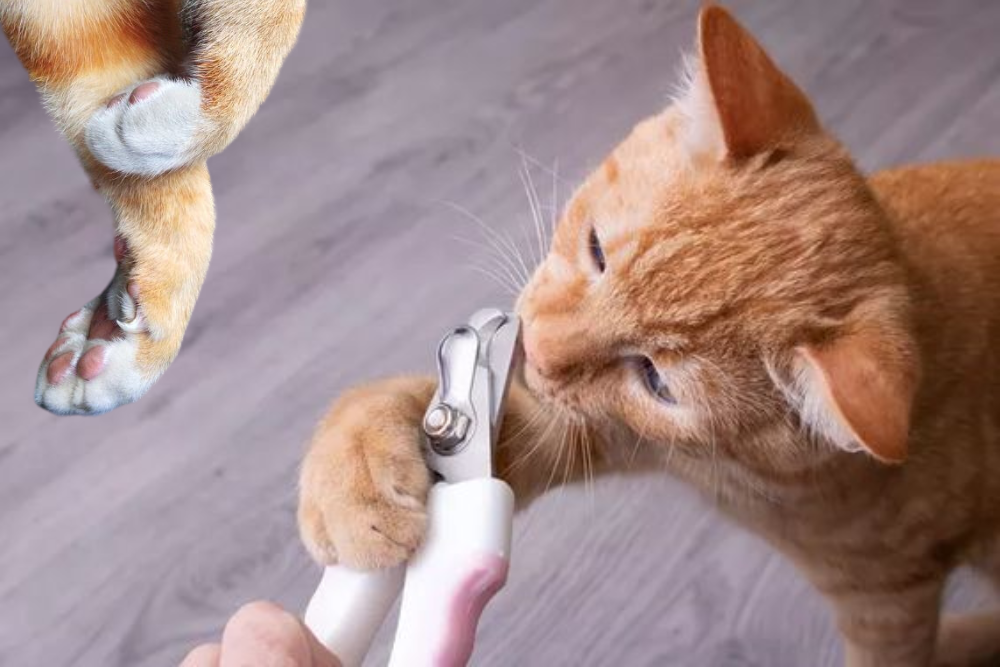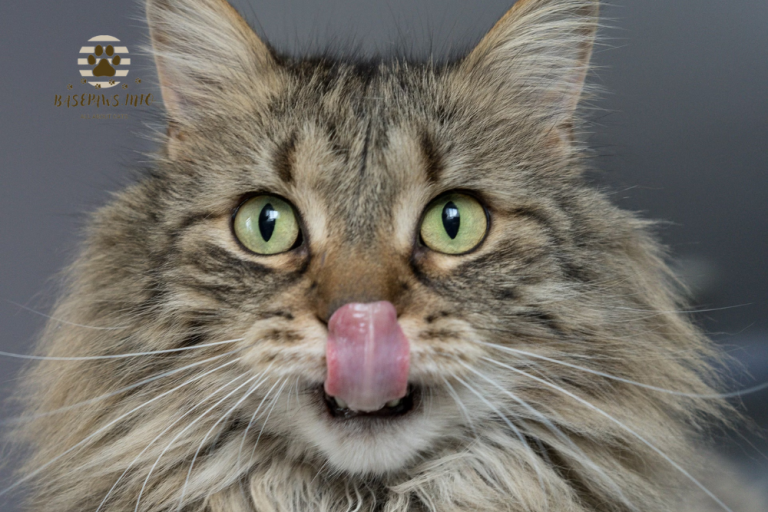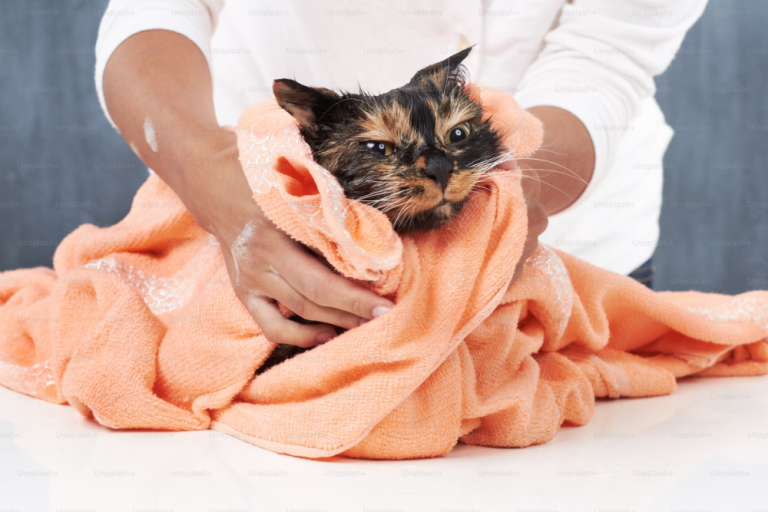How to Trim Cat’s Nails: A Complete Guide for Stress-Free Grooming
Trimming your cat’s claws is an essential aspect of pet care that helps maintain both their health and the safety of your home. Cats naturally groom themselves, but they still require regular nail trimming every two to three weeks. This routine not only protects your furniture from scratches but also prevents potential injuries to you and your family. A quick trim can be a far less invasive and more humane alternative to declawing, a surgical procedure that can lead to behavioral changes and health complications for your pet.
For many cat owners, the idea of trimming their feline’s nails can be intimidating. Cats have their own unique grooming habits and can be quite resistant to having their paws handled. However, with patience, practice, and positive reinforcement, most cats can learn to tolerate nail clipping. Knowing how to approach the process can transform it from a stressful experience into a manageable routine, ultimately benefiting both you and your pet.
If you’re ready to learn how to trim a cat’s nails, this article will provide you with step-by-step guidance to make the process easier and more enjoyable. From understanding the tools you’ll need to tips for creating a calm environment, we’ll cover everything you need to know. Let’s dive into how you can keep your cat’s claws in check while ensuring a stress-free experience for both of you.
Importance of Clipping Your Cat’s Nails
Why Should I Trim My Cat’s Nails?
Keeping your cat’s nails trimmed helps prevent scratches, both to you and your furniture. Long nails can also cause discomfort to your cat, leading to health issues if they grow too long and curl into their paws. Regular trims ensure your cat can walk and play comfortably.
Benefits of Trimming Cat Claws
There are multiple benefits to trimming your cat’s nails, including:
- Preventing Damage: Protect your furniture, carpets, and curtains from being torn or scratched.
- Promoting Comfort: Shorter nails prevent discomfort, ensuring your cat can move around without their nails getting caught in fabrics.
- Maintaining Health: Overgrown nails can cause infections, leading to serious health problems.
Understanding Cat Nail Structure
Are My Cat’s Nails Too Long?
It’s important to regularly check your cat’s claws. If you hear them tapping on hard floors or notice their nails getting caught in fabric, it’s time for a trim. Additionally, you can visually check for overgrown nails, especially the dew claws, which often require trimming more frequently as they don’t touch the ground.
How Do I Know If My Cat’s Nails Need Trimming?
Here are signs that indicate your cat’s nails are too long:
- Nails visibly extend beyond the paw pads.
- Nails get caught in fabrics or carpets.
- You can hear a clicking or tapping sound when your cat walks on hard surfaces.
Tools for Trimming Cat Nails
Best Products for Trimming Cat Nails
Using the right tools is essential for a smooth experience. Cat nail clippers or scissors designed for pets are perfect, as they are shaped to match the natural curve of your cat’s nails and minimize damage.
| Tool | Description | Use |
| Cat Nail Clippers | Clippers specifically designed for cat nails | Cuts nails safely and cleanly |
| Scissors-Type Clippers | A scissor-style clipper with rounded edges | Provides precision for small nails |
| Styptic Powder | Stops bleeding if the quick is accidentally cut | Prevents prolonged bleeding |
Nail Trimming Supplies
To prepare for trimming your cat’s nails, gather these essential supplies:
- Cat-specific nail clippers
- Styptic powder (in case of bleeding)
- Treats to reward your cat
- A towel or blanket for gentle restraint
Preparing to Trim Cat Nails
Early Preparation
Begin preparing your cat for nail trims early by regularly handling their paws. This gets them used to the sensation and makes future grooming sessions easier.
How to Get Your Cat Comfortable with Paw Handling
Start by stroking your cat’s paws while they’re relaxed. Gently press on their paw pads to extend the nails. Reward your cat for staying calm during this process. The goal is to help them associate paw handling with positive reinforcement, such as treats.
Introducing Nail Clippers
When your cat is comfortable with paw handling, introduce the nail clippers by letting them sniff and inspect them. Once your cat is used to the presence of the clippers, you’re ready to start trimming.
How to Hold and Restrain Your Cat
Using the Least Amount of Force Necessary
It’s important to use the minimal amount of restraint necessary. Hold your cat gently but securely, ensuring they are calm before you start trimming.
Tips for Safe Restraint
- Use a towel or blanket to wrap your cat gently, leaving one paw exposed for trimming.
- You can also place your cat on a stable surface, like a padded ironing board, to keep them comfortable and limit movement.
Step-by-Step Guide to Claw Trimming
Preparation Steps
Before you begin, follow these steps to ensure a smooth experience:
- Gather Your Supplies: Prepare clippers, styptic powder, and treats.
- Find a Quiet Spot: Choose a comfortable, quiet area where your cat feels relaxed.
- Prepare to Cut with the Right Equipment: Ensure you have clippers designed for cats.
Trimming Procedure
Follow these steps for a safe nail-trimming session:
- Isolate the Nail: Gently press the paw pad to extend the nail.
- Hold the Paw Firmly but Gently: Secure the paw without causing discomfort.
- Trim the Tip of the Nail: Clip the sharp tip of the nail at a 45-degree angle to avoid splitting.
- Avoiding the Quick: The quick is the pink part of the nail that contains blood vessels. Avoid cutting into this area.
Post-Trimming
- Reward Your Cat: Offer treats and praise after each nail is trimmed to make the experience positive.
- Pay Attention to Your Cat’s Body Language: If your cat becomes agitated, take a break and try again later.
What If I Cut the Quick?
Accidents can happen, and sometimes the quick may get nicked. If you accidentally cut the quick:
- Apply Styptic Powder immediately to stop the bleeding.
- Hold a clean cloth against the nail for a few minutes.
- Monitor your cat closely, and if the bleeding doesn’t stop, consult your veterinarian.
Trimming Rear Claws
Techniques for Trimming Rear Paws
Trimming rear claws can be trickier as your cat may be more sensitive. Trim one paw at a time, and take breaks if your cat becomes restless. Ensure you’re holding the paw securely but without causing discomfort.
Patience and Treats
During the trimming process, offer treats and stay calm. If your cat gets anxious, stop and give them time to relax. By remaining patient, you create a more positive grooming routine.
How Often to Trim Cat’s Nails
Cats typically need their nails trimmed every 2 to 4 weeks, depending on their activity level. Indoor cats might require more frequent trims since their nails don’t wear down as naturally as outdoor cats.
Tips and Tricks for a Stress-Free Experience
Trimming your cat’s nails doesn’t have to be a stressful ordeal for either of you. Here are some effective strategies to help create a calm environment and make the process smoother:
- Practice First: Before you even take the clippers to your cat’s nails, spend time handling their paws. Gently touch and hold each paw regularly to help your cat get used to the sensation. This practice will make them more comfortable when it’s time for a trim.
- Stay Relaxed: Your cat can sense your emotions, so it’s important to remain calm and relaxed during the nail-trimming process. Take deep breaths, speak softly, and keep your movements gentle. A peaceful atmosphere will help soothe your cat and reduce any anxiety they may feel.
- Use Feline Pheromones: Consider using feline pheromone sprays or diffusers to help create a relaxing environment. These products mimic the natural pheromones that cats produce, promoting a sense of calmness and comfort. Spray the area where you plan to trim your cat’s nails or use a diffuser beforehand.
- Play Soft Music: Soft background music can help drown out other noises and create a tranquil setting. Choose calming music designed for pets or gentle instrumental tracks. This can help both you and your cat feel more relaxed during the process.
- Use Cat Treats as a Reward: Positive reinforcement is key to a stress-free experience. Reward your cat with treats after each paw or nail trimmed to create a positive association with the activity. This will encourage them to cooperate in the future.
- Use a Padded Ironing Board Instead of Your Lap: If your cat tends to squirm, consider using a padded ironing board for trimming instead of your lap. This provides a stable surface and keeps your cat at a comfortable height, making it easier for you to reach their paws without struggling to hold them still.
- What If My Cat Won’t Let Me Trim Their Nails?: If your cat shows resistance, take a break and try again later. It’s essential to recognize their warning signs and avoid forcing the process, which can create fear or anxiety. If necessary, seek help from a professional groomer or your veterinarian.
By implementing these tips, you can turn nail trimming into a more enjoyable and less stressful experience for both you and your feline companion. A little preparation and a gentle approach will go a long way in building trust and making the process routine.
What If My Cat Won’t Let Me Trim Their Nails?
Some cats are more resistant to nail trims than others. If your cat absolutely refuses, consider enlisting the help of a professional groomer or a veterinarian. They have experience handling cats and can assist if your cat is particularly anxious.
Trimming your cat’s nails is an essential part of responsible pet ownership that promotes both their health and your home’s well-being. By understanding the importance of regular nail care, preparing effectively, and employing gentle techniques, you can transform this often-daunting task into a stress-free routine. Remember, patience and positive reinforcement are key to success. If you encounter challenges, don’t hesitate to seek guidance from professionals who can provide additional support. With time and practice, you’ll not only enhance your cat’s comfort but also strengthen your bond with your furry friend. Happy grooming!







